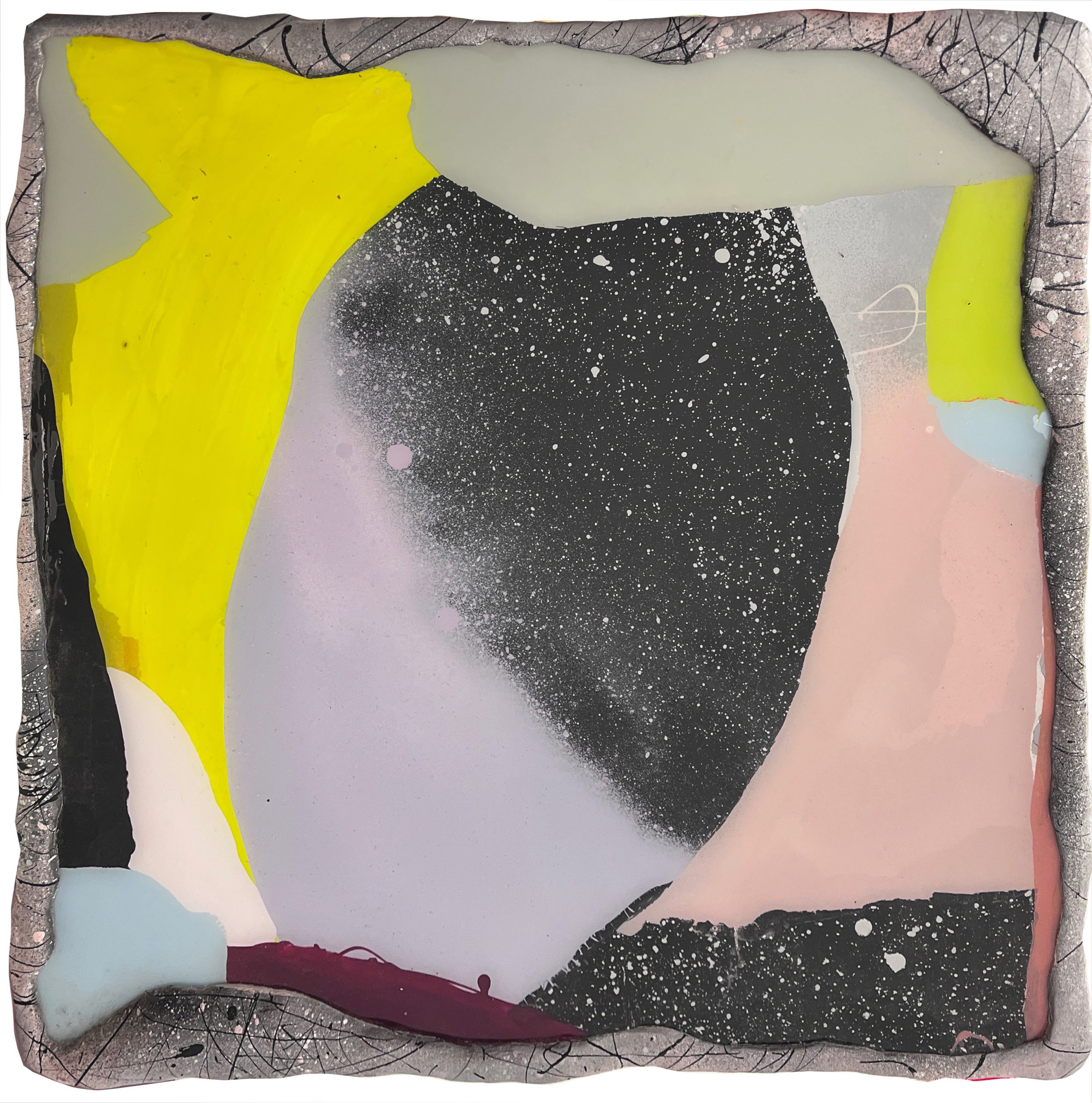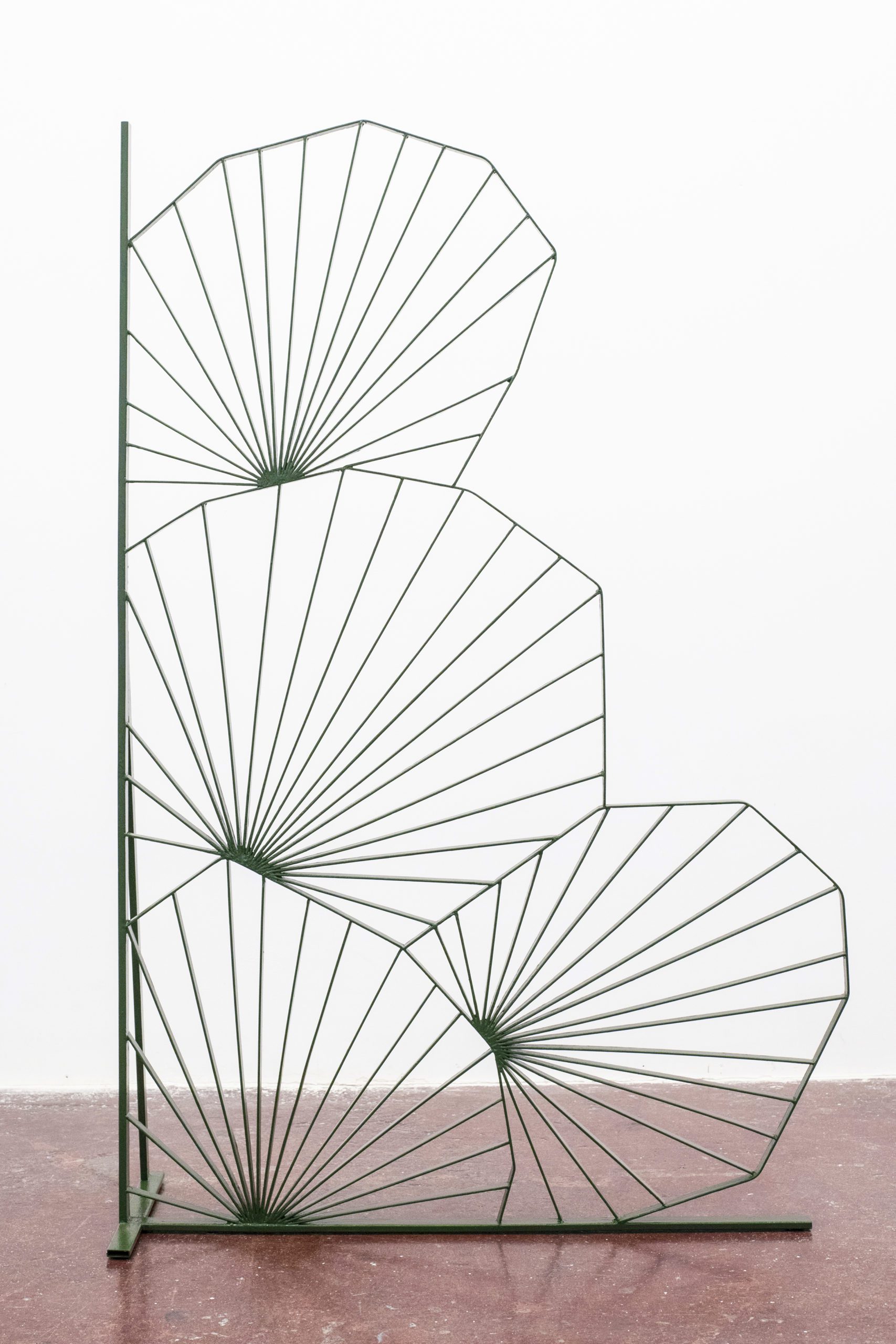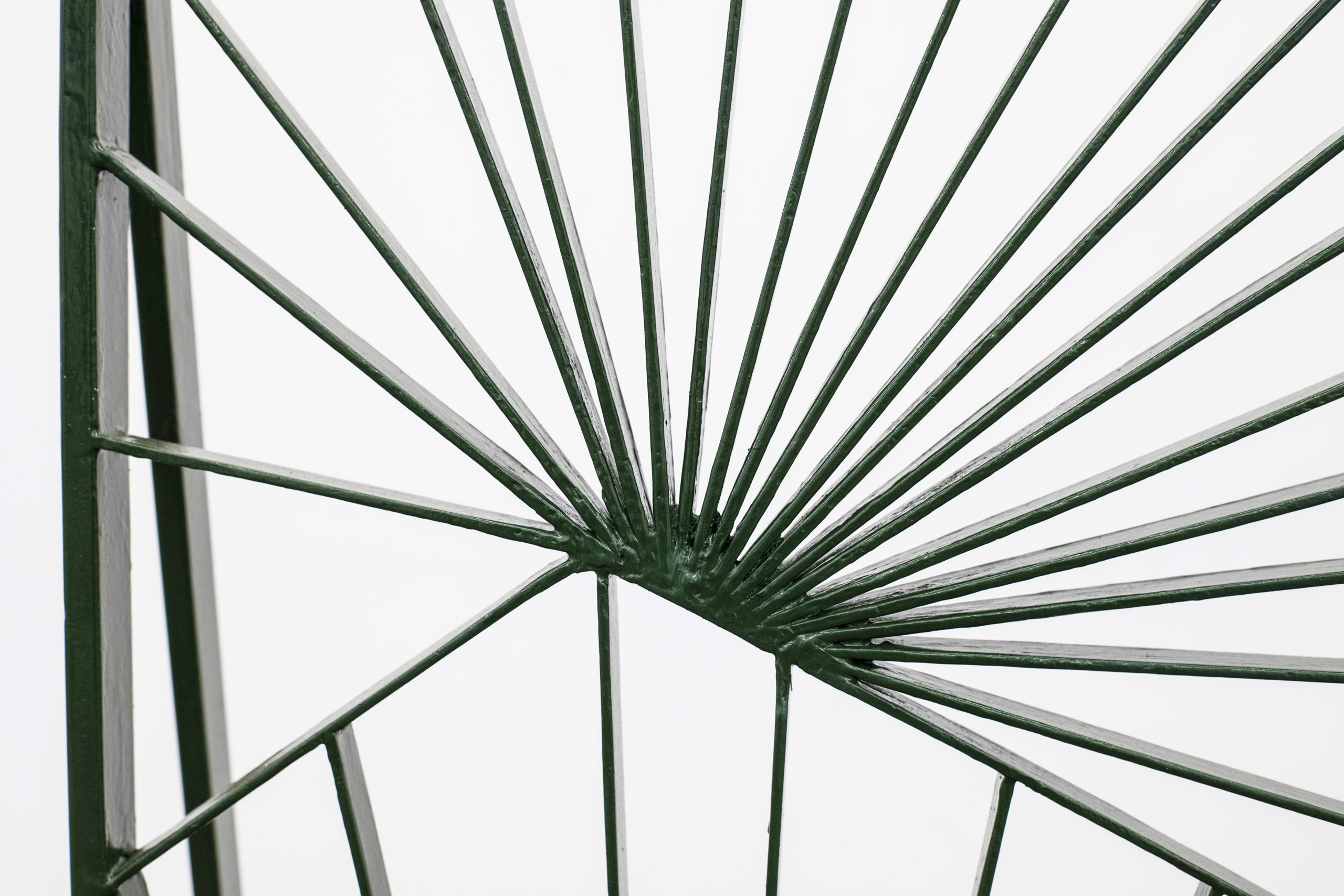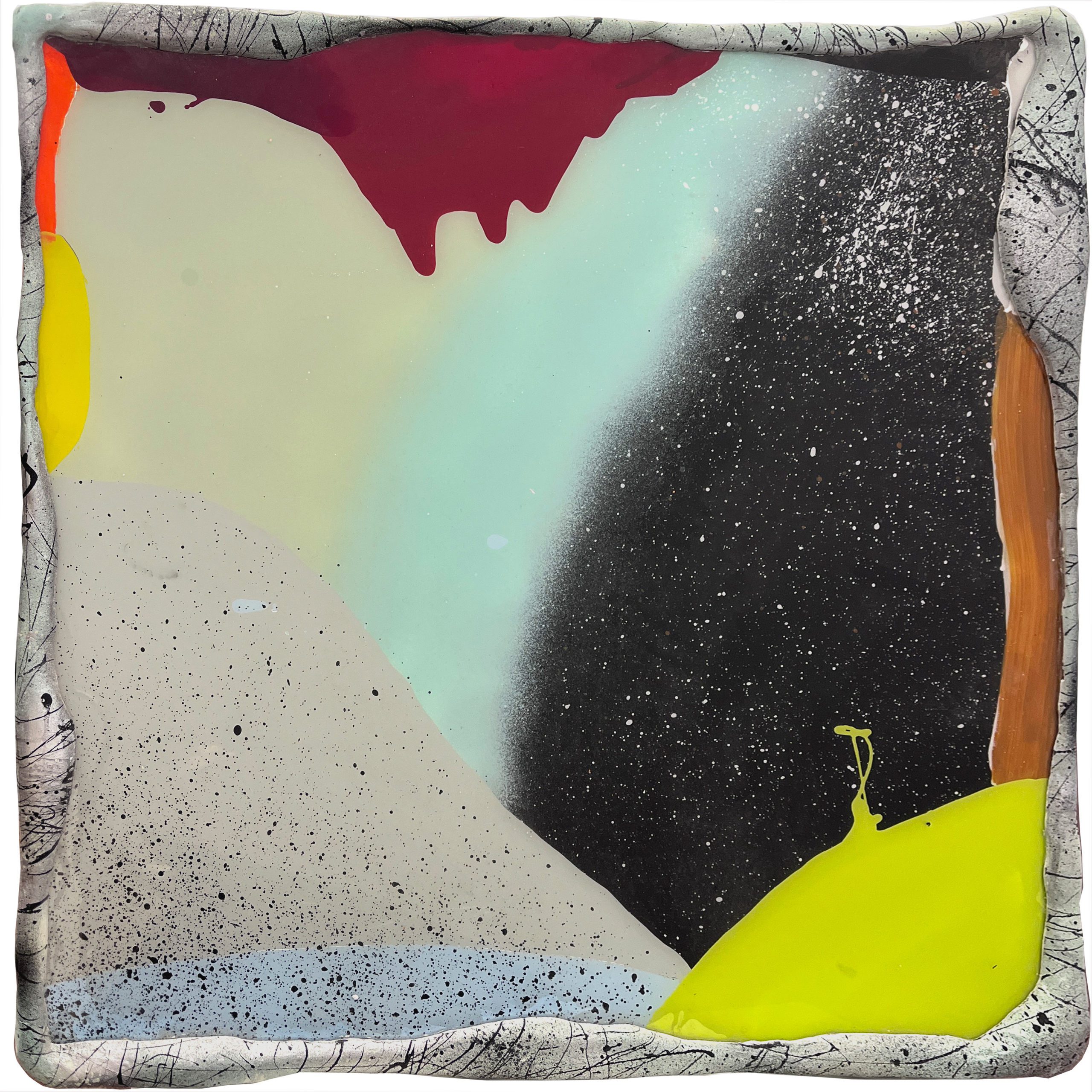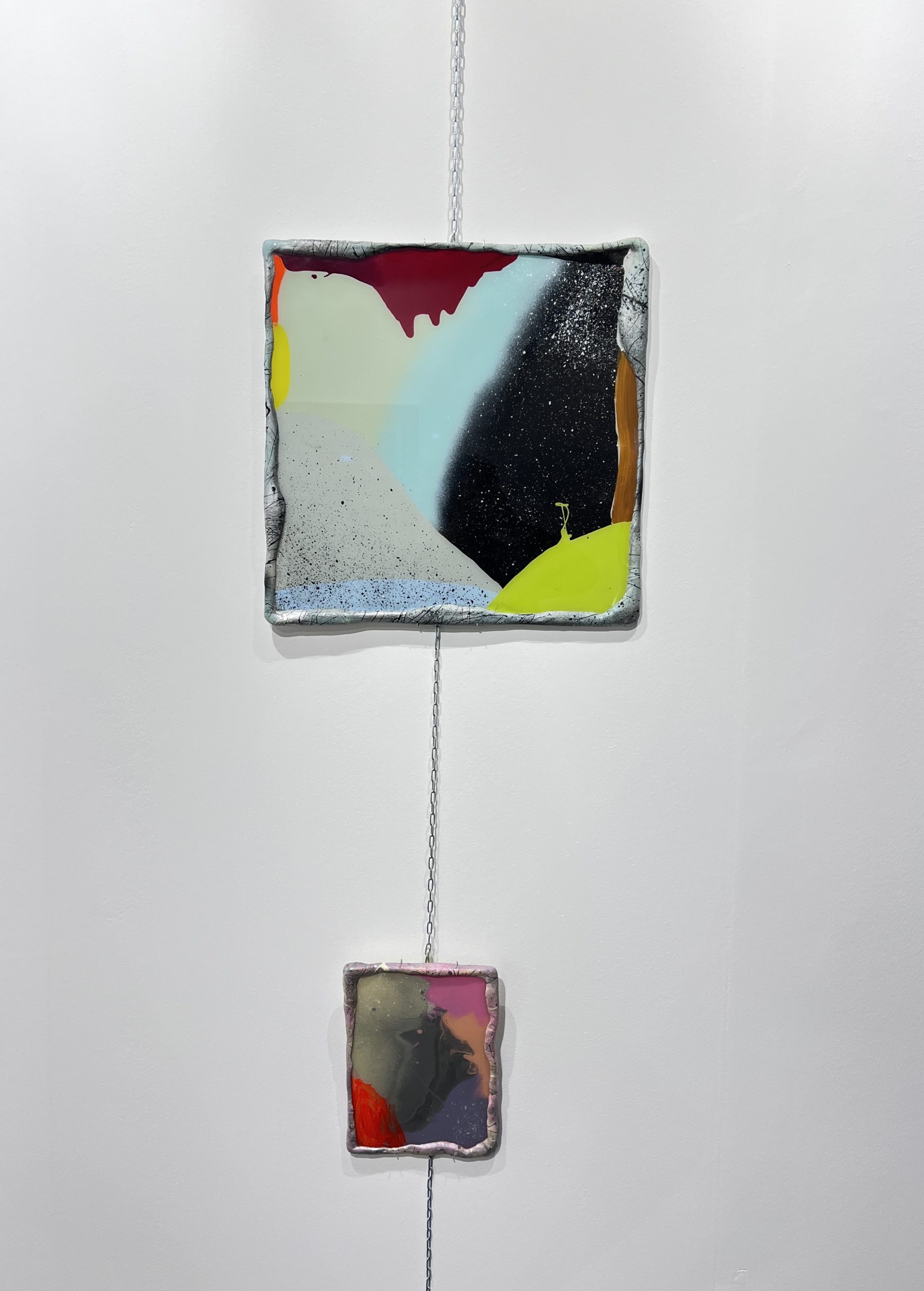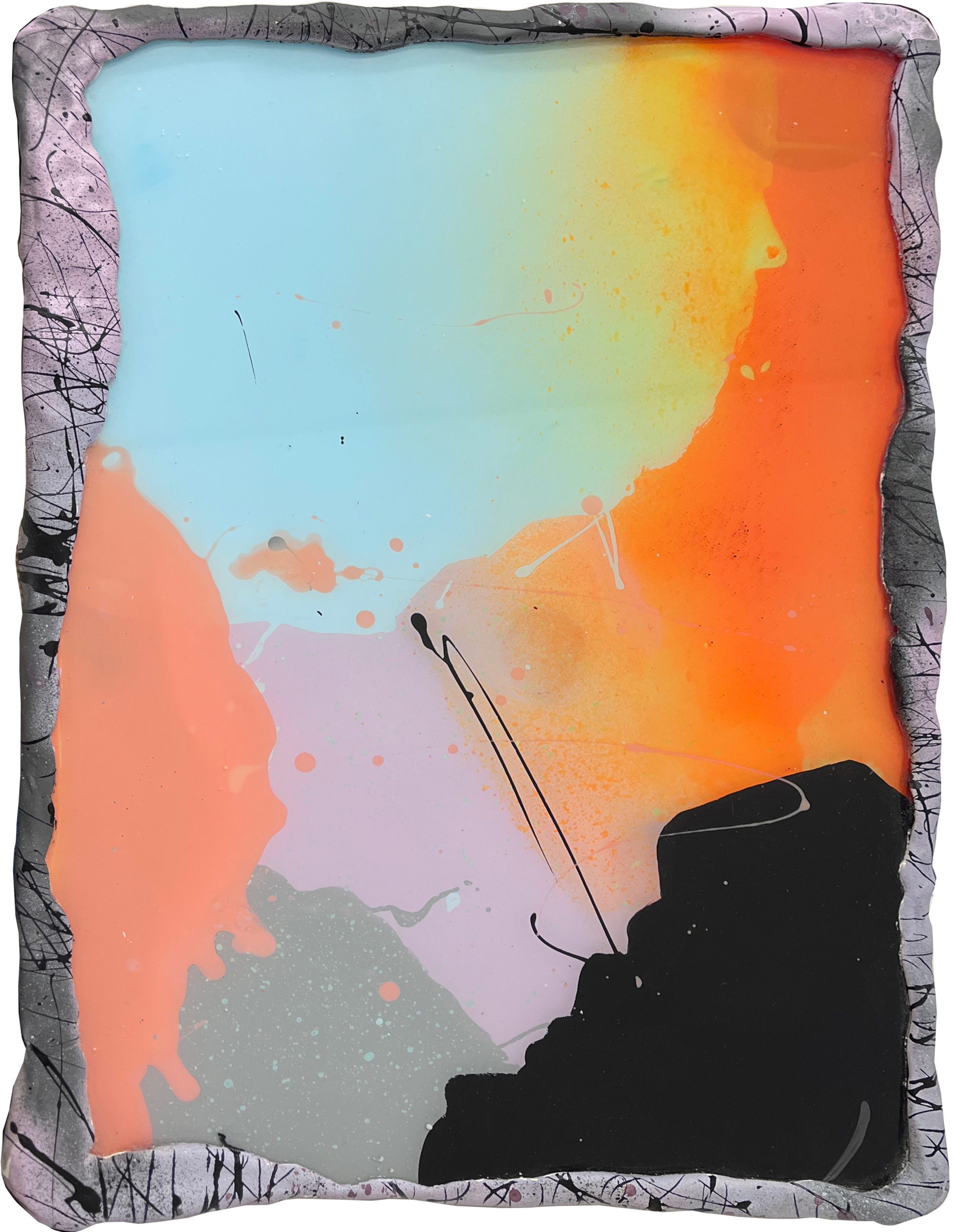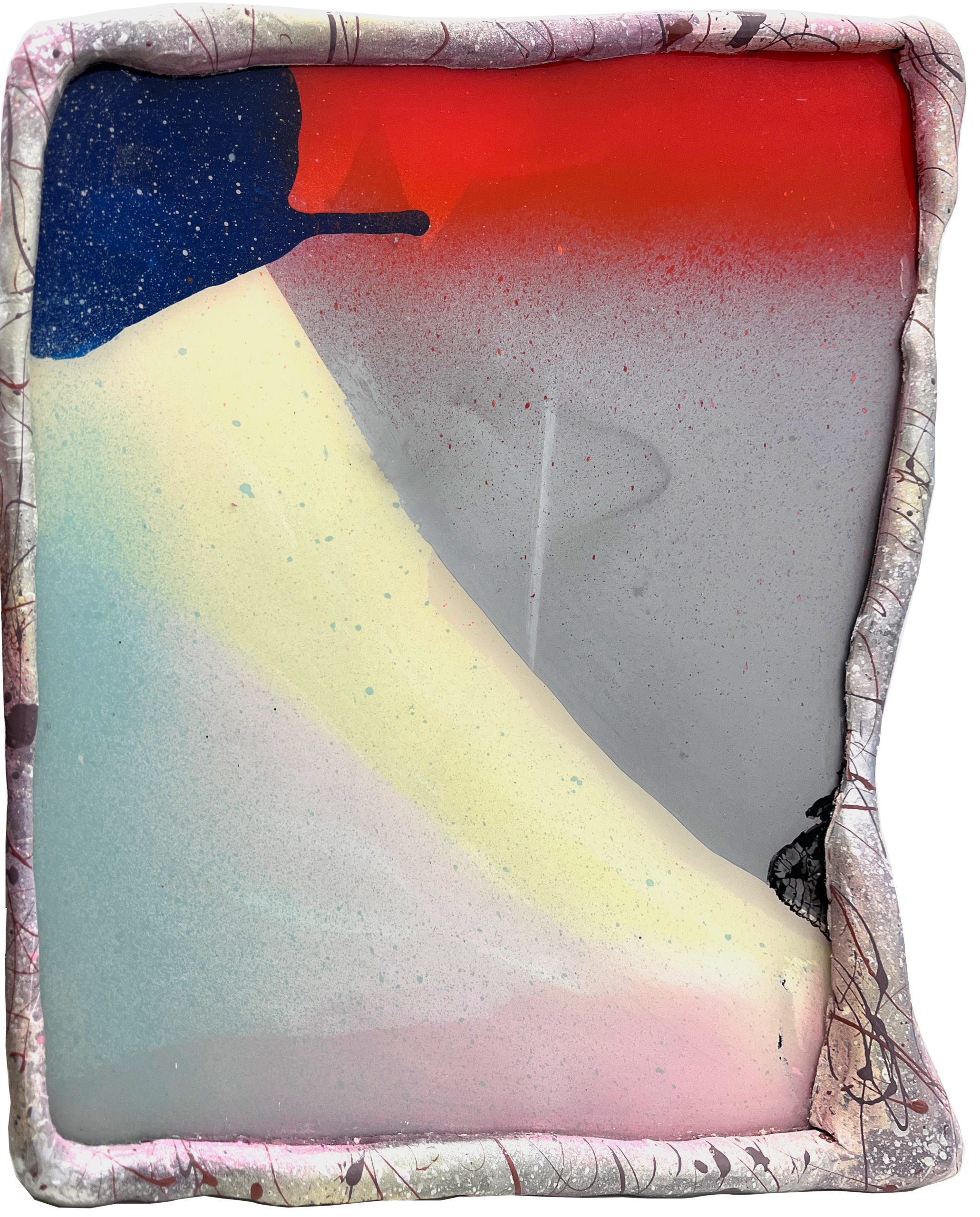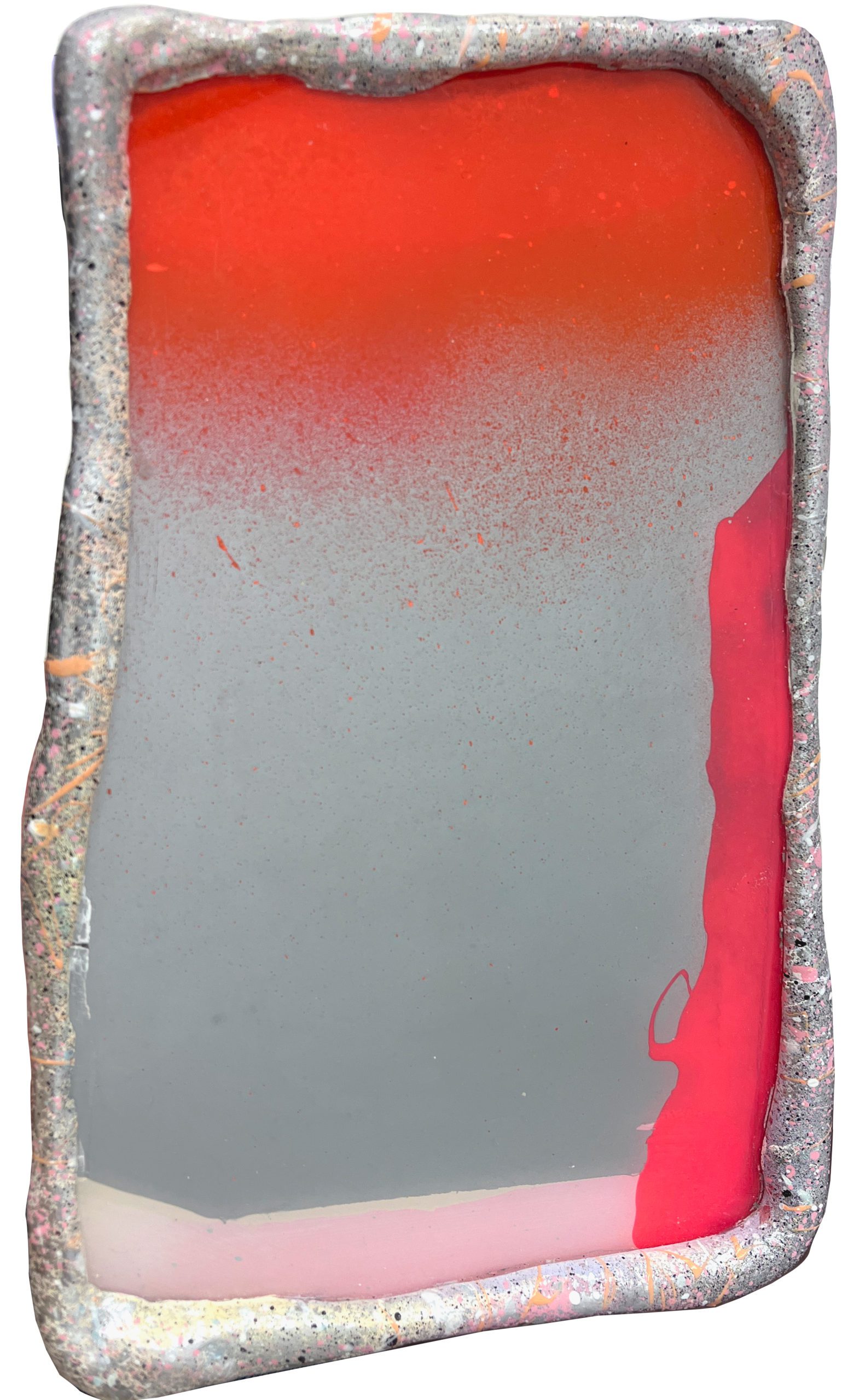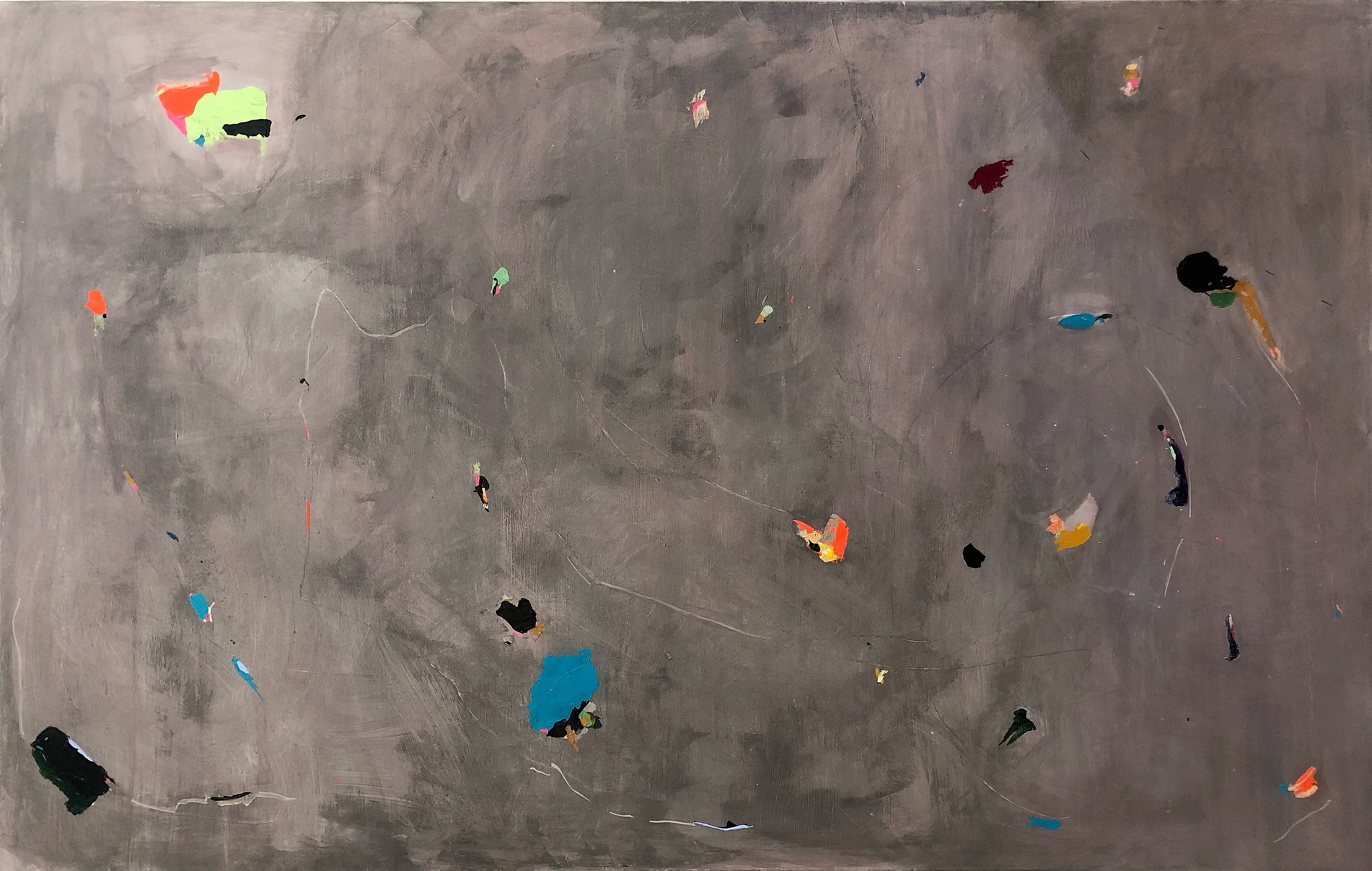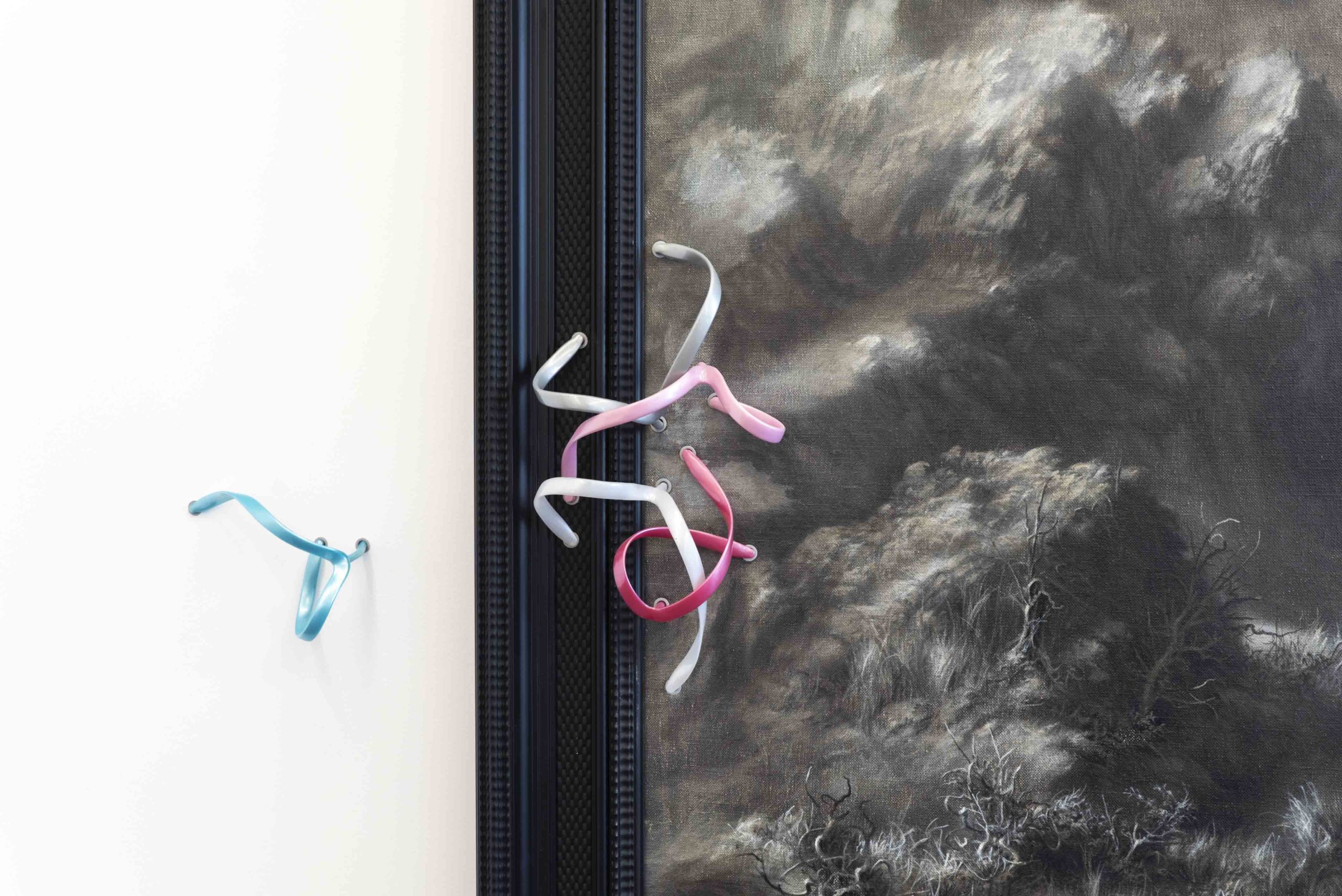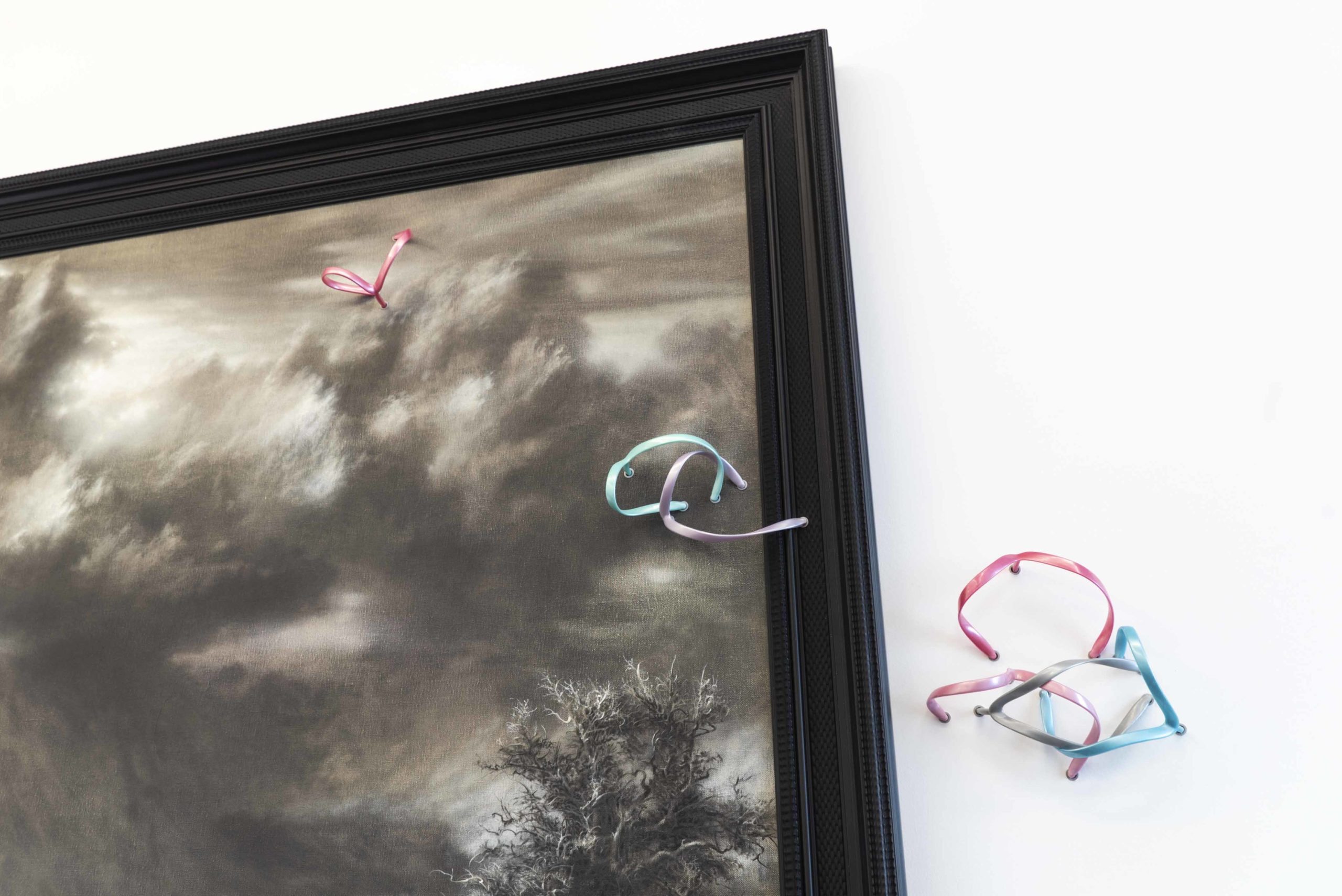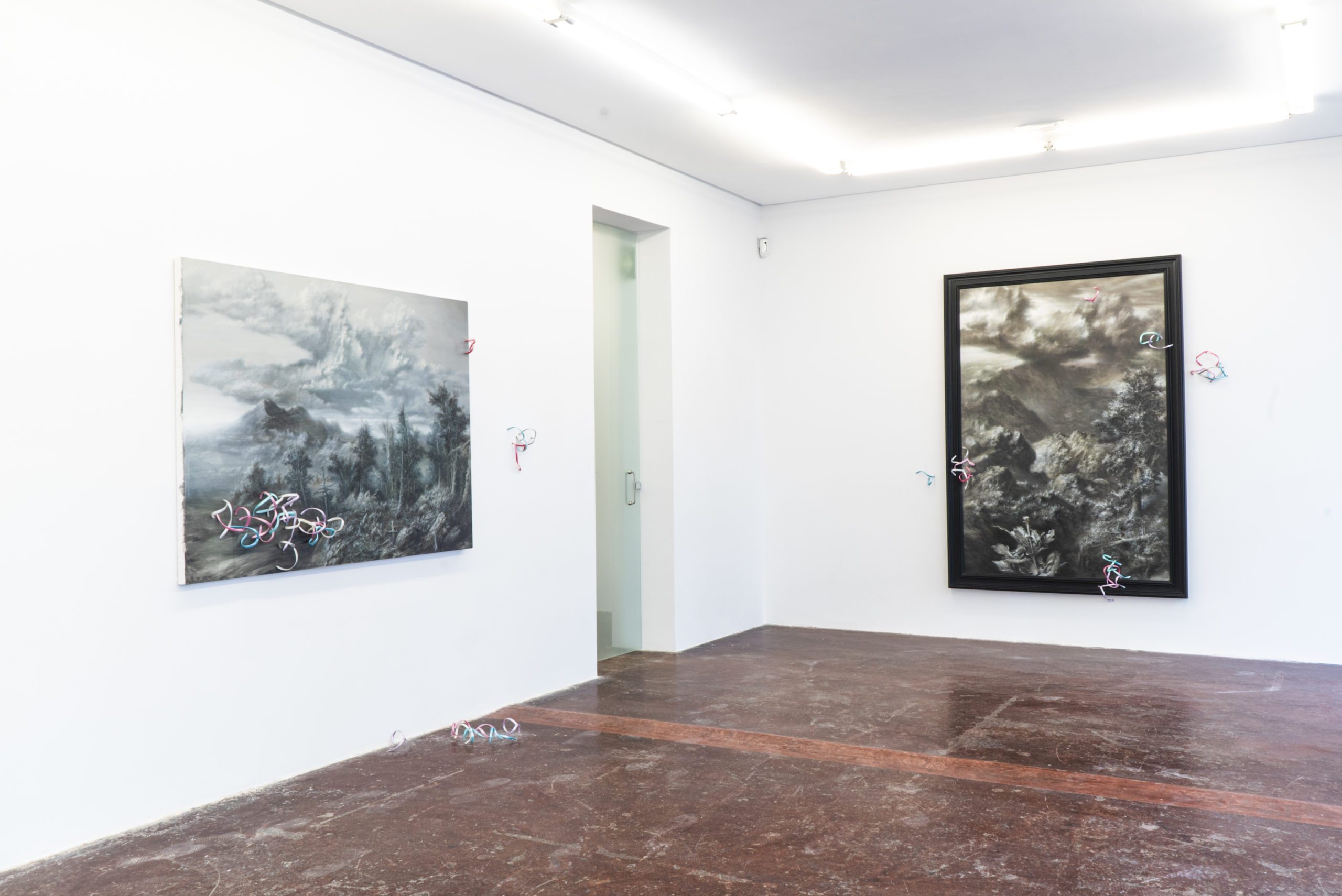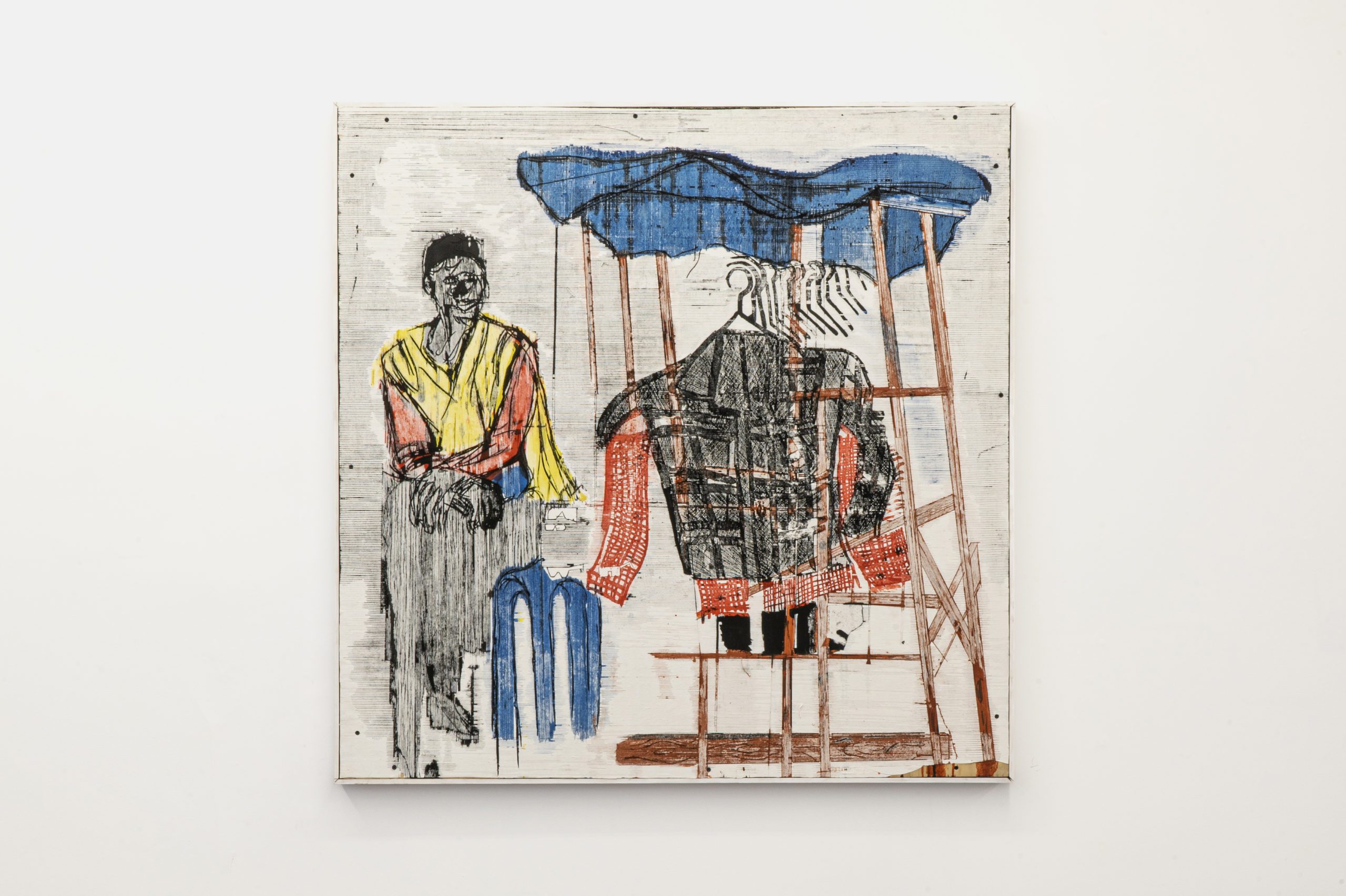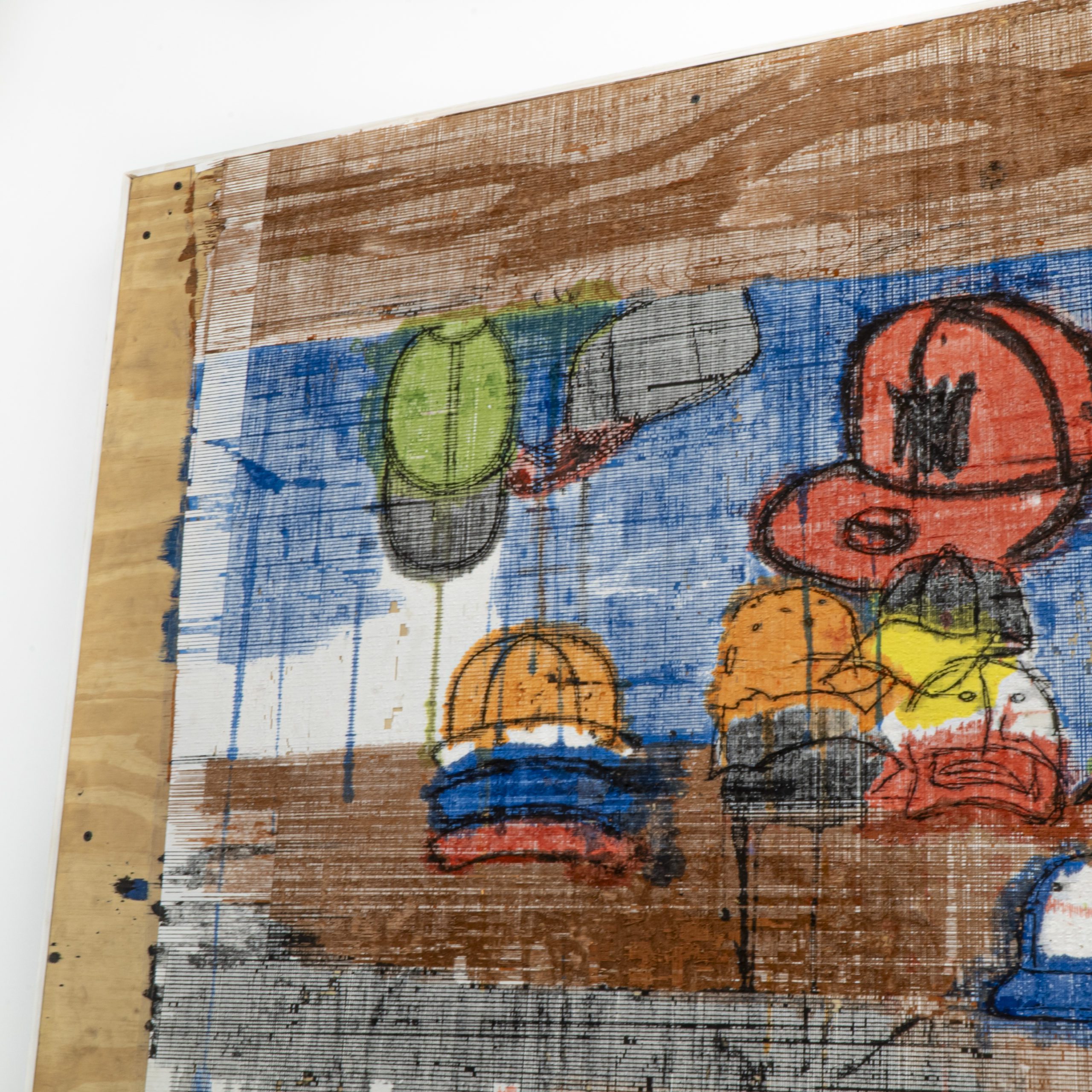artbrussels.en
Tamara Arroyo
Spain, 1972
Tamara Arroyo’s body of work reflects a persistent inquiry into the habitability of spaces. She questions the «domestication» of the modern inhabitant and the consumption of certain formal elements and objects within contemporary living spaces. The autobiographical references in her work serve to articulate a discourse on both individual and collective memory.
Through her recurring engagement with images of the spaces she appropriates, the city and public space emerge as privileged settings of everyday life, marked by their distinctive identities and vast creative potential.
Through various formal approaches, her works explore how our surroundings and architecture influence us, distinguishing between lived, experiential, and existential spaces—those that operate on an unconscious level.
The artist emphasizes different intellectual states that arise in our relationship with our immediate environment, such as the emotional need for a sense of belonging to a place or the importance of peripheral vision, which integrates us into space. The latter allows us to notice details and situations that might otherwise go unnoticed, shifting us from mere spectators to active recipients of new stimuli.
She has exhibited at institutions such as Museo Centro de Arte Dos de Mayo, La Casa Encendida, Matadero Madrid Centro de Creación Contemporánea, CentroCentro, Es Baluard Museu, the Royal Academy of Spain in Rome, and the Instituto Valenciano de Arte Moderno, among others.
Her work is part of the collections of Museo Nacional Centro de Arte Reina Sofía, Centro de Arte Dos de Mayo, Museo de Arte Contemporáneo de Madrid, Colección DKV, and Colección Banco Sabadell.
Tamara Arroyo
Palmera
2017-2023
Iron and enamel
146 x 96 x 36 cm
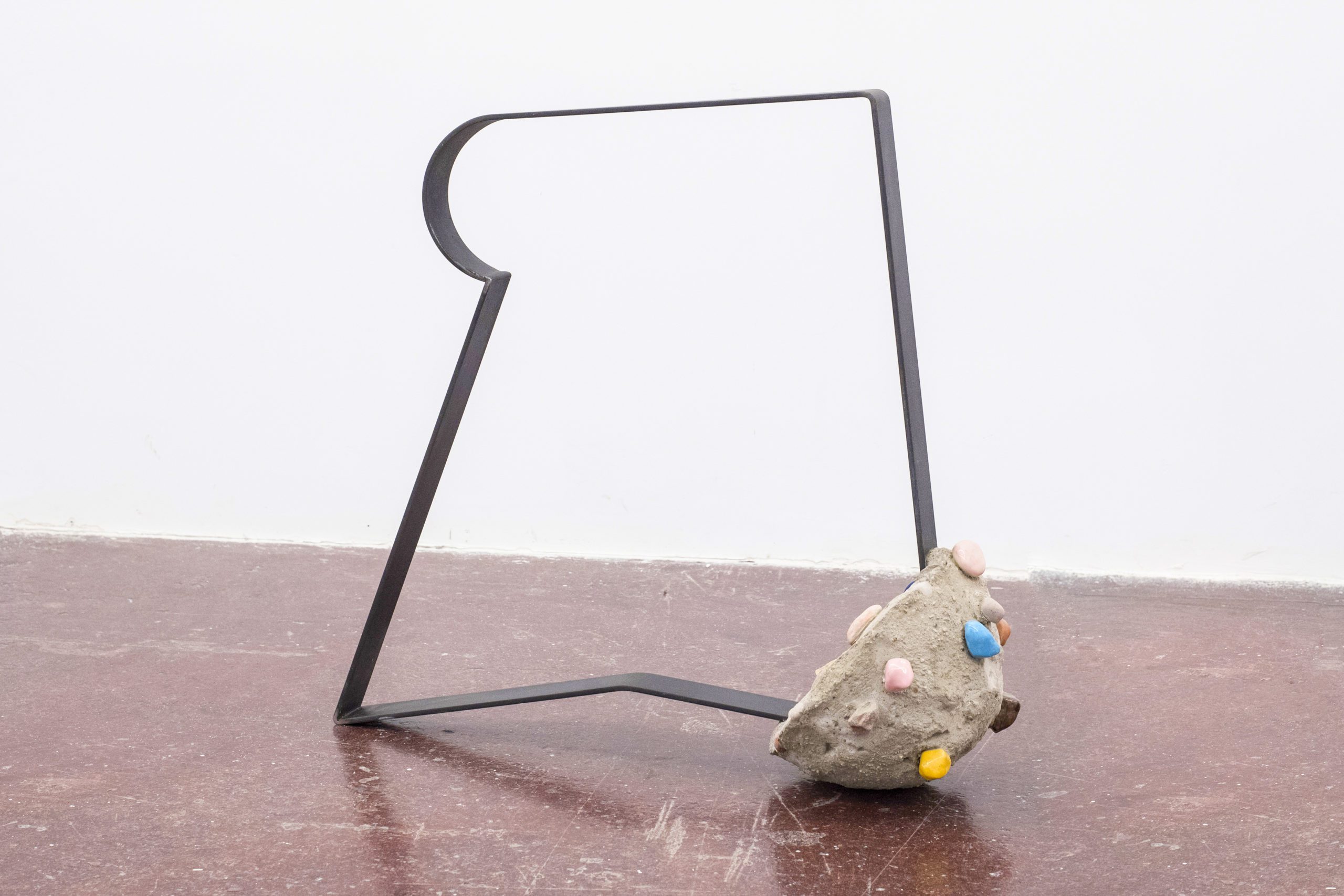
More information and available works by Tamara Arroyo here
Ángela Cuadra
Spain, 1978
Ángela Cuadra
Untitled (I)
2022
Ceramic and acrylic enamel on glass
52 x 52 cm
Ángela Cuadra
Untitled (II)
2022
Ceramic and acrylic enamel on glass
52 x 52 cm
Ángela Cuadra
Untitled (V)
2025
Ceramic and acrylic enamel on glass
30 x 22 cm
Ángela Cuadra
Untitled (III)
2022
Ceramic and acrylic enamel on glass
32 x 44 cm
In my work, I carefully study materials to combine the spontaneous gesture of collage with other physical media, without betraying the praxis of any of them. My work resides on the surface—its materiality must be floating, epidermal, and contain a significant element of chance. I explore the idea of painting without painting, of circling around painting, where the act of transporting materials to the pictorial layer becomes the true protagonist.
My conceptual references are diverse, but the common thread can be summarized as a reflection on painting as a practice of camouflage.
I mainly investigate the game of veiling and unveiling, which involves adding layers, and the slow, meticulous labor of constructing surfaces. In this sense, Cubism, as a rupture with representational space and a shift toward presenting the painting itself, the collagist techniques of Dada and Surrealism, and the painting of grotesques—from Roman traditions to their revival during the Renaissance—are my main sources of inspiration. In all these approaches, space is presented as flat, fluid, and continuous. Visual elements appear stripped of perspective’s depth illusion, and the logic is one of juxtaposition, overlapping, ambiguity, or pareidolia.
Glass painting encompasses all of these elements. Glass eliminates the absorption quality of traditional pictorial surfaces and forces me to work in one or two layers at most, since the rewetting of layers can disturb the previous ones. In this sense, the process becomes a blind exercise: I work behind the visible surface, open to the surprise of how the stain or gesture will appear once the glass is flipped. I’m drawn to this process because it reverses the logic of traditional painting, generating a new dialectic between the surface of the image and its reverse.
– Ángela Cuadra
Ángela Cuadra
Untitled (IV)
2025
Ceramic and acrylic enamel on glass
30 x 30 cm
Ángela Cuadra
Untitled (VI)
2023
Ceramic and acrylic enamel on glass
32 x 20 cm
Ángela Cuadra
Untitled (VII)
2023
Ceramic and acrylic enamel on glass
29 x 16 x 4 cm
More information and available works by Ángela Cuadra here
Pipo Hernández Rivero
Spain, 1966
The works by Pipo Hernandez Rivero propose questions on “universally accepted cultural truths”. Built with images and ideas based on modern culture, his works move in the fields of cultural suspicion.
Pointing out to the complex possibilities for painting in the 21st century, his body of work offers a pictorial reconsideration from formal and conceptual structures, which references underlie a sense of failure to the cultural avant-gardes. At the same time, demonstrating that the discoursive standardizing results in the exclusion of voices.
Mixing painting with all sorts of materials and introducing texts in languages that are unconventional to the Western paradigm, his works place us at politically disturbed environments, confronting the viewer with an unsolved dialogue and pushing towards rethinking notions of identity and value.
He has exhibited at the Centro Atlántico de Arte Moderno, Fundación MARSO, Museo de Arte de Pereira, ARTIUM Museoa, Centro de Arte La Recova, Círculo de Bellas Artes de Tenerife, Fundación Otazu, Museum of Fine Arts Budapest, Centre del Carme Cultura Contemporània, Prague Art Museum, and the Contemporary Art Hall of Tenerife. He has also participated in biennials such as the Havana Biennial, the Canary Islands Biennial, and the Dakar Biennale.
His works are part of the collections of TEA Tenerife Espacio de las Artes, Centro Atlántico de Arte Moderno, ARTIUM Museoa, Museo de Arte Contemporáneo del País Vasco, Fundación MARSO, Colección Galila Barzilaï, Kells Collection, Olor Visual, and MUDO Istanbul.
Pipo Hernández Rivero
“Algún día todo esto será tuyo- revisitado”
2024
Wood, plastic, oil and canvas
248 x 205 x 6 cm
More information and available works by Pipo Hernández Rivero here
Gareth Nyandoro
Zimbabwe, 1982
Gareth Nyandoro is noted for his large works on paper, which often spill out of their two-dimensional format and into installations that include paper scraps and objects found in the markets of Harare, where he lives and works. The artist’s chief source of inspiration is the daily landscape of the city and its residents, both within the local milieu and the larger cultural panorama of Zimbabwe. Inspired by his training as a printmaker, and derived from etching, the artist’s distinctive technique, Kucheka cheka, is named after the infinitive and present tense declinations of the Shona verb cheka, which means ‘to cut’.
He has exhibited at institutions such as Palais de Tokyo, Quetzal Art Centre, Rijksakademie, and Zeitz MOCAA, among others.
His work is part of collections such as MoMA New York, Zeitz MOCAA, Fondation Sindika Dokolo, Instituto Inhotim, Rachofsky Collection, SAM Art Projects and the National Gallery of Zimbabwe.
Gareth Nyandoro
Bhero vendor
2024
Ink on paper mounted on board
124 x 124 x 5 cm
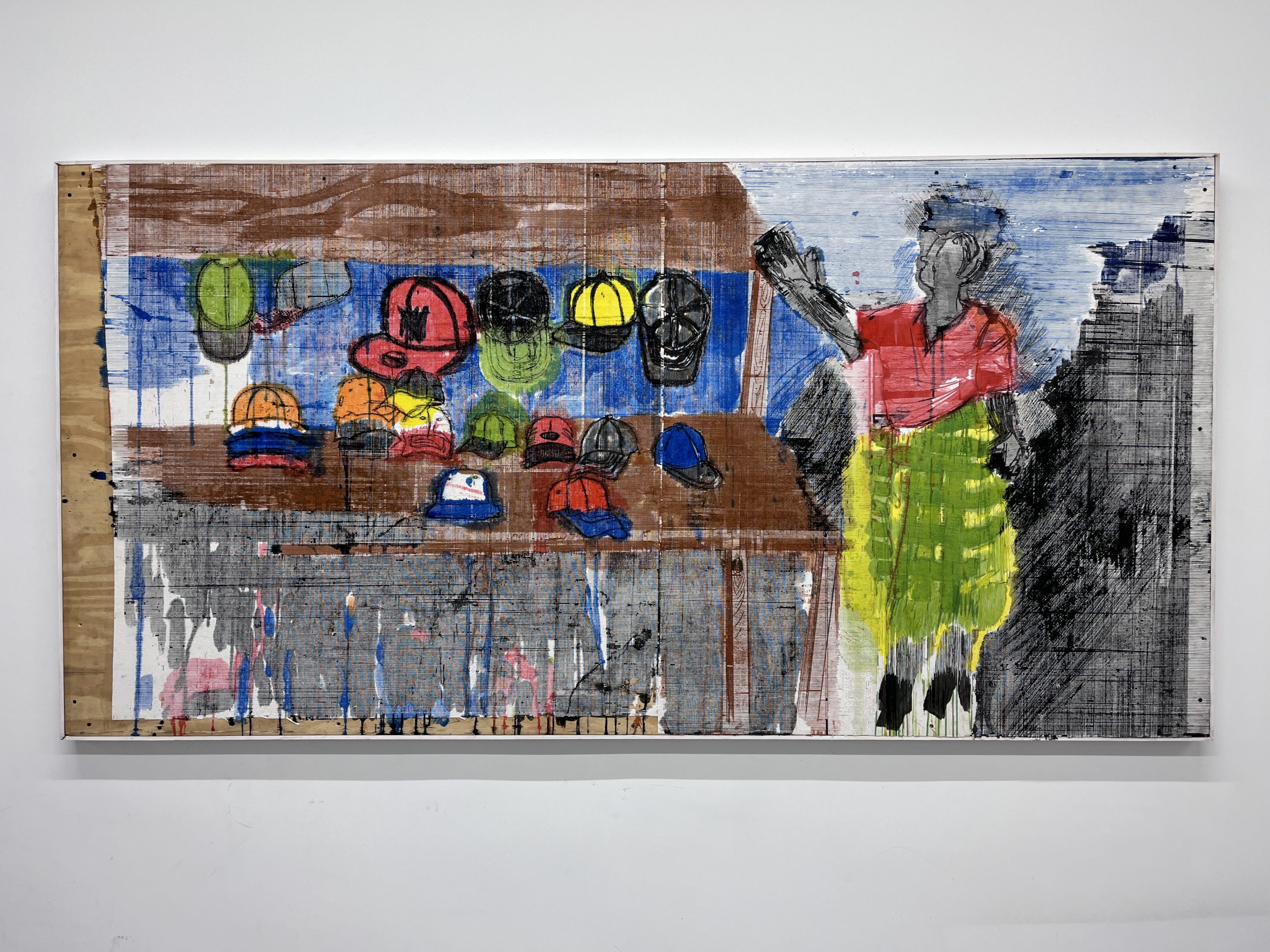
Gareth Nyandoro
Baseball cap stall
2024
Ink on paper mounted on board
124 x 247 x 5 cm
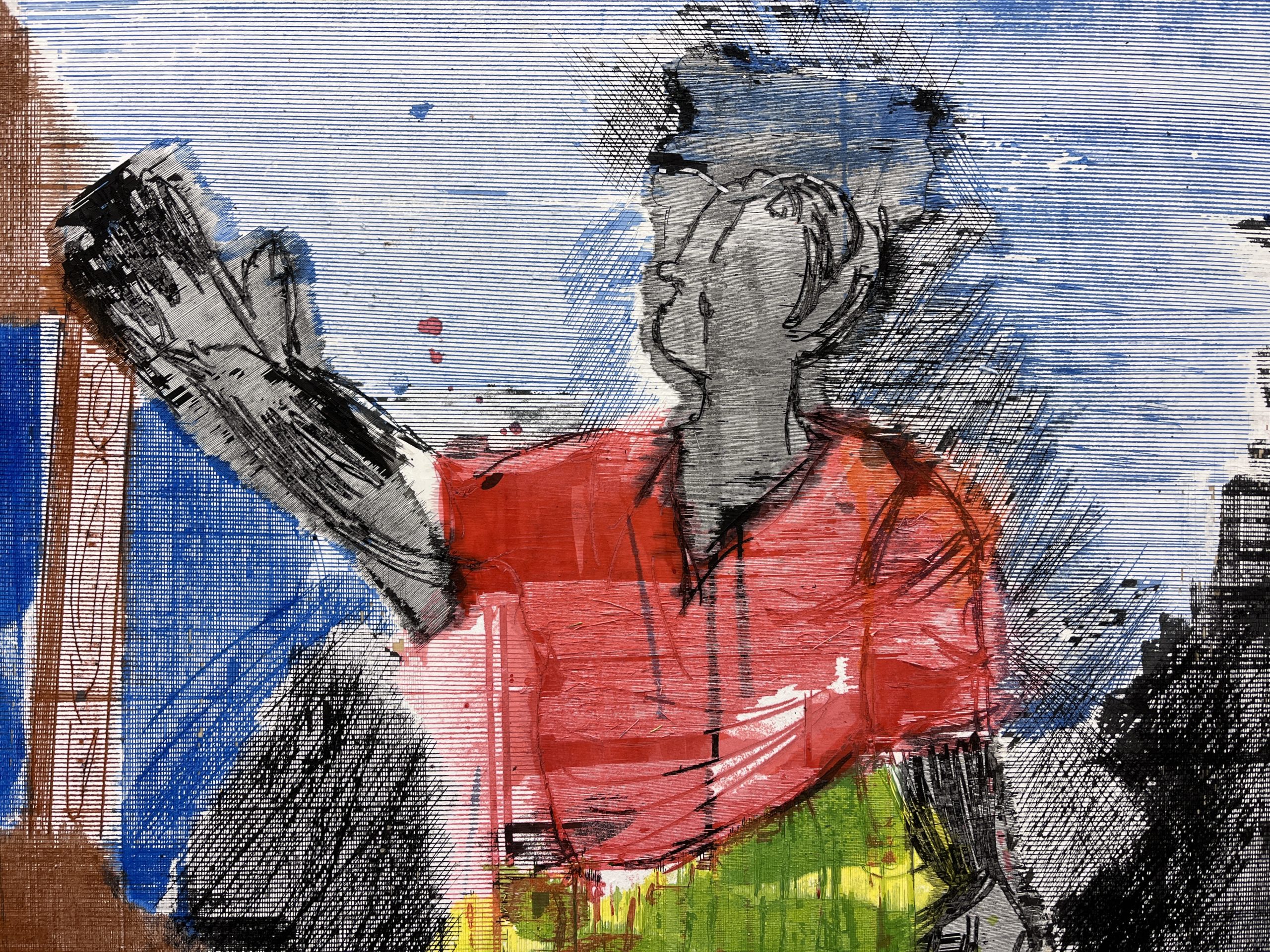

More information and available works by Gareth Nyandoro here
Contact information during the fair:
Gonzalo de Benito
gonzalo@nfgaleria.com
+34 619818127


